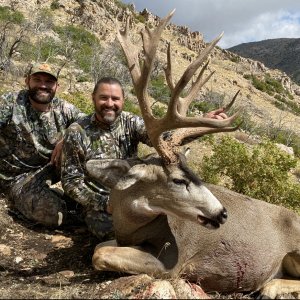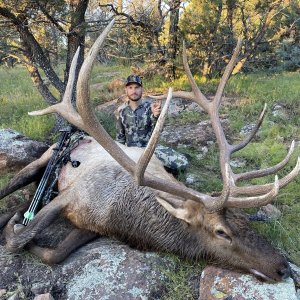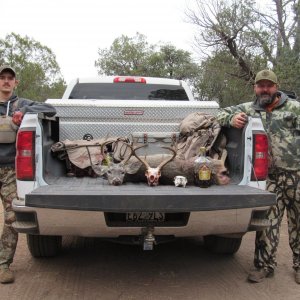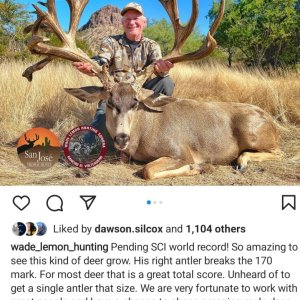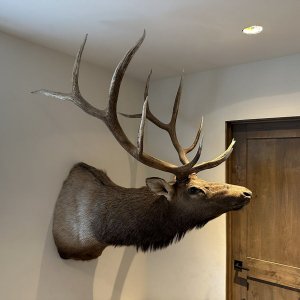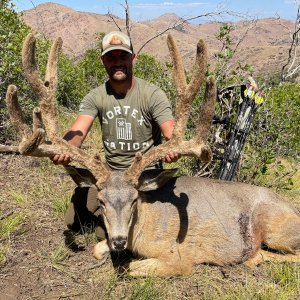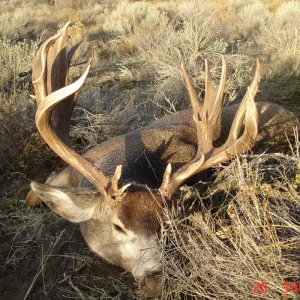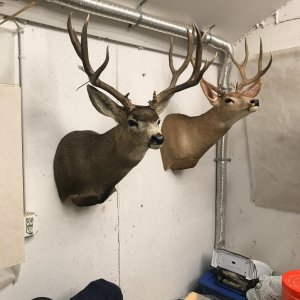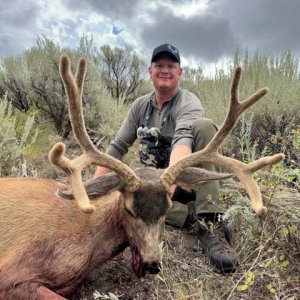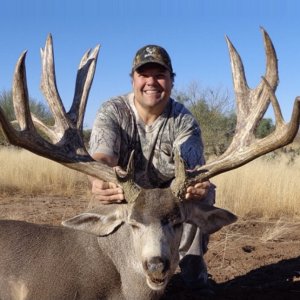Josey_Wales
Member
- Messages
- 6
Last weekend, I found several nice elk sheds in NM, including my first matched set (6x6) and a lone 7 point. I've never scored an elk before, and have no idea what is a typical spread to use for estimating score. I know it depends on the size of the antlers, but what would you say is a good, conservative number to use for a typical 6x6 elk?
Thanks...
Thanks...


